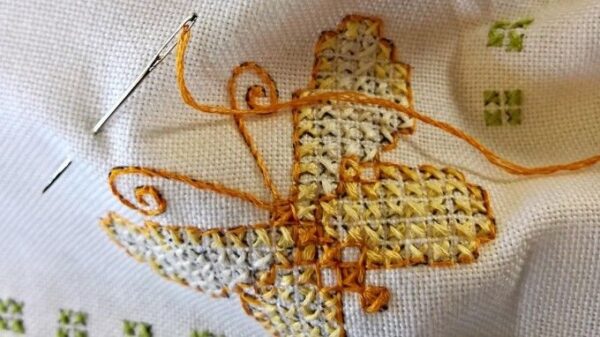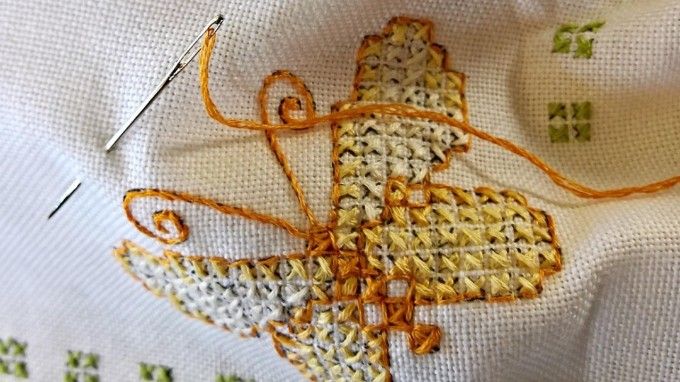Introduction
When holding a handmade textile or an embroidered cloth, you are not simply holding an article but a piece of history, a labor of love and a story in your hands. That is the power of handicrafts which are made by artisans. When it comes to sustainability, handicrafts are a very good option. They have become much more than mere decorative items. Making handicrafts is a method of survival for billions of people in the world. There are groups in Uganda who earn money by basket weaving. For the potters of Jaipur, refining their blue pots is their prized work. For the toymakers of Karnataka, Channapatna toys are the handicrafts that they earn their living from. Art, in any form, requires a lot of work and wisdom.
Sustainability
Nowadays, there are many companies who produce goods at an alarming rate with the help of machines. These products are identical in nature and can be made very fast. However, they do not have the magic that handicrafts provide. Regional artisans work in such a way that no products are wasted. This is also known as ‘circular economy’. For example, there are artisans in Rajasthan who are growing indigo which is the deepest shade of purple. They are also growing madder. These plants do not require a lot of water to grow and they can be used to dye clothes and also used in farms. Some Spanish tribes are creating the most colorful tote bags out of rejected plastic. African rural people of Ghana are making the most exquisite beads out of discarded glass bottles. Handmade products and ecologically friendly have become synonymous now.

Effect of Amplification
Technology has worked like a boon for all artisans. Let’s assume a person visits an art fair. They find a coaster that is very attractive to them. On it, they find a QR code. After scanning it, they fund all the details about the handmade coaster such as where it came from, who made it and how many days it took. It will make the buyer automatically respect the work of the artist. A woman working in Uttar Pradesh can use technology to show her customer living in Kerala regarding how she uses resin to preserve flowers and create the prettiest bracelets! If customers are able to connect with the product, it becomes mote meaningful to them. It increases the chances of them visiting the artisan and buying more things because now that they have seen the process, they have come to adore the work.
Regional Artisans
Instead of making use of pans, some artisans of West Bengal are creating pots made of clay cookware! This is proving to be more sustainable for the customers as compared to non stick pans. The price is also lesser so the demand increases. Some customers also believe that the food created from these pots taste better.
In the early 2000’s, Kalamkari art had decreased as not many people were interested in buying it. Now, many artisans have begun to rejuvenate it by working with new motifs and color patterns that would interest younger age groups. There is a Kalamkari artist called Radhika who has stated, “When people come to buy Kalamkari Saris from my stores, I do not only tell them about the cloth. I tell them how my grandmother used to craft these clothes. Some people do not buy the sari, they buy the memory.”

Conclusion
Artisans are always focused on providing the best handicrafts to the people. There are leather makers who give their customers lifetime guarantee. If there is a single scratch on their leather bags or belts, even after three decades of buying it, they still get it repaired from the same shop. That is the quality provided by our artisans. They do not simply repair products, they repair the relations between people and their belongings.
Author
Shreeja Mukherjee


